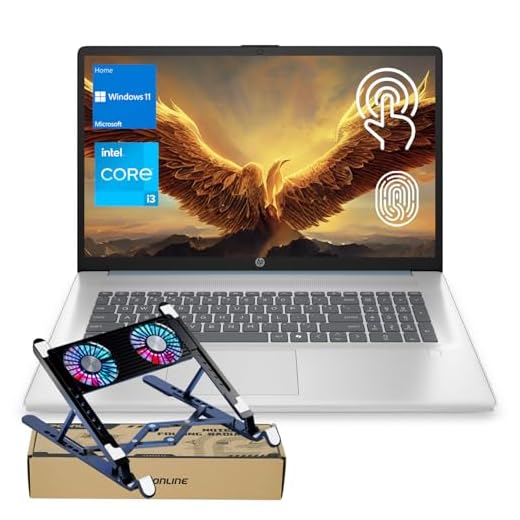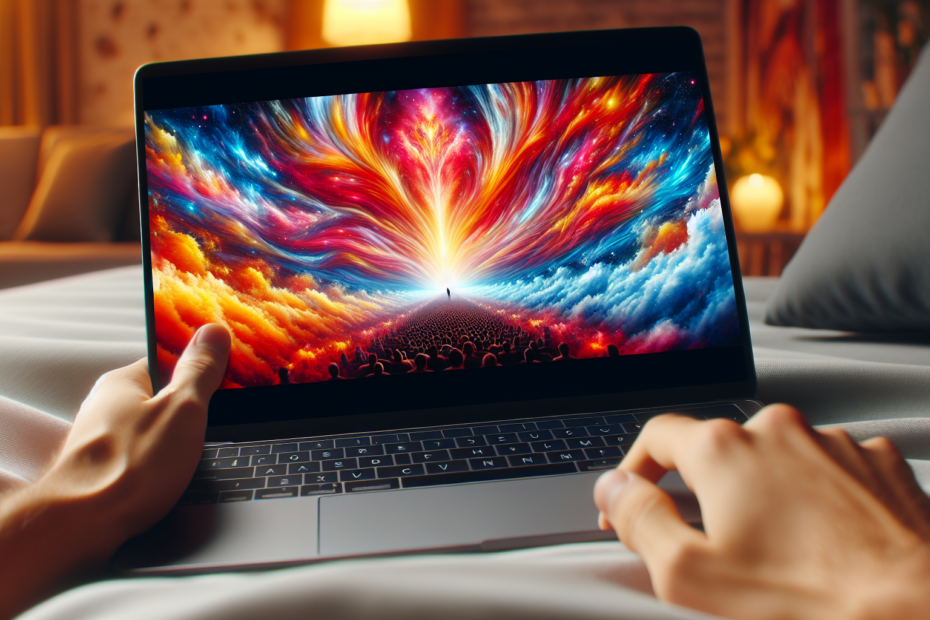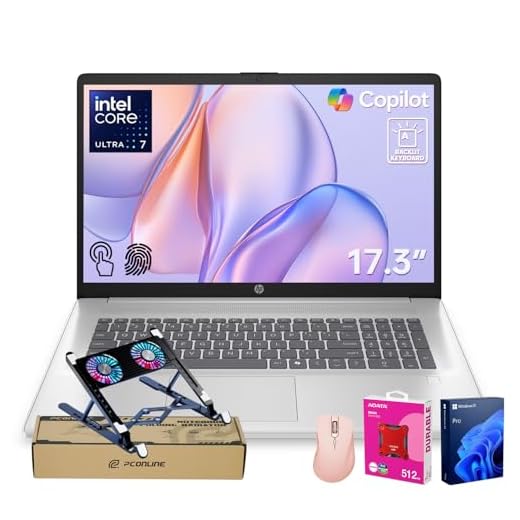







When it comes to enjoying movies on your laptop, the screen size plays a vital role in determining your viewing experience. The right laptop screen size can make all the difference, immersing you in the on-screen action and enhancing your overall enjoyment. In this article, we will explore the ideal laptop screen sizes for watching movies and provide some helpful insights to ensure you make the most out of your movie-watching experience. So, get ready to elevate your movie nights to a whole new level of cinematic bliss!
Understanding Laptop Screen Sizes
How laptop screen sizes are measured
Laptop screen sizes are measured diagonally from one corner of the screen to the opposite corner. This measurement is given in inches. For example, a 15-inch laptop screen has a diagonal size of 15 inches.
Common laptop screen sizes
There are various laptop screen sizes available in the market, ranging from 11 inches to 17 inches and above. Some of the most common laptop screen sizes include 13 inches, 15 inches, and 17 inches.
How screen size impacts viewing experience
The screen size of a laptop plays a significant role in determining the viewing experience, especially when it comes to watching movies. A larger screen size often provides a more immersive and enjoyable experience, allowing for better visibility and detail. On the other hand, a smaller screen size may result in a more compact and portable device, but it may sacrifice some of the visual experience.
Screen Resolution and Movie Watching
Definition of screen resolution
Screen resolution refers to the number of pixels displayed on the screen horizontally and vertically. It is typically denoted by two numbers, such as 1920×1080 or 1366×768. The first number represents the horizontal pixels, while the second number represents the vertical pixels.
How resolution affects movie watching
Screen resolution has a significant impact on movie watching. Higher resolutions, such as Full HD (1920×1080) or even 4K (3840×2160), result in sharper and more detailed images. This enhances the overall movie-watching experience as you can see finer details and enjoy a more immersive visual feast. Lower resolutions may lead to pixelation, making the image appear less sharp and crisp.
Ideal screen resolution for watching movies on a laptop
For an optimal movie-watching experience on a laptop, a screen resolution of at least 1920×1080 is recommended. This resolution, also known as Full HD or 1080p, provides sharp and detailed visuals that bring movies to life. However, higher resolutions like 4K can offer even more stunning visuals, especially if you have access to high-quality content and your laptop supports it.
Best Laptop Screen Size for Watching Movies
Recommended screen size for movies
The best laptop screen size for watching movies depends on personal preferences and usage scenarios. However, a screen size between 15 to 17 inches is often considered ideal for movie watching. This range provides a good balance between portability and an immersive viewing experience.
Benefits of a larger screen for movie watching
A larger screen size can significantly enhance the movie-watching experience. With a bigger display, you can see more details and enjoy a more cinematic feel. It allows for a larger field of view, making movie scenes feel more immersive and engaging. Additionally, larger screens are also advantageous for those who struggle with small text or have visual impairments.
Drawbacks of a larger screen
While a larger screen can provide a more immersive experience, it also comes with some drawbacks. One major drawback is portability. Laptops with larger screens tend to be bulkier and heavier, making them less convenient to carry around. Additionally, larger screens may consume more power, resulting in shorter battery life. It’s important to strike a balance between screen size and portability based on your specific needs.
Impact of Screen Aspect Ratio on Movie Watching
Understanding aspect ratio
Aspect ratio refers to the proportional relationship between the width and height of the screen. It is represented by a ratio, such as 16:9 or 4:3. The first number in the ratio represents the width, while the second number represents the height.
How aspect ratio affects movie watching
The aspect ratio of a laptop screen significantly impacts movie watching. The majority of movies and TV shows are produced in a widescreen format with a 16:9 aspect ratio. When watching content in the same aspect ratio as the screen, there is no loss of information and the movie fills the screen perfectly. However, if the aspect ratio of the movie doesn’t match the screen, black bars may appear at the top and bottom (letterboxing) or on the sides (pillarboxing), which can potentially detract from the viewing experience.
The best aspect ratios for watching movies
For an optimized movie-watching experience, it is recommended to have a laptop with a screen aspect ratio of 16:9. This matches the majority of movies and TV shows, allowing them to fill the screen entirely without any black bars. However, some individuals may prefer laptops with even wider aspect ratios, such as 21:9, to have an even more immersive cinematic experience when watching compatible content.
Refresh Rate and Its Importance in Watching Movies
Understanding refresh rate
Refresh rate refers to the number of times the screen refreshes its image per second. It is measured in Hertz (Hz). Higher refresh rates result in smoother motion and reduced motion blur, enhancing the overall visual experience.
Why refresh rate matters in movie watching
While higher refresh rates are highly beneficial for gaming and fast-paced content, they have limited importance when it comes to movie watching. Most movies are filmed and displayed at 24 frames per second (fps). Therefore, a laptop with a refresh rate of 60 Hz should be sufficient for a smooth and enjoyable movie-watching experience, as it can handle the frame rate of movies with ease.
Ideal refresh rates for movie watching on laptops
When it comes to movie watching, it is generally unnecessary to prioritize laptops with high refresh rates. A refresh rate of 60 Hz is considered standard and should suffice for most users. However, if you also plan to use your laptop for gaming or other fast-paced content, you may opt for a higher refresh rate, such as 120 Hz or 144 Hz, to enjoy smoother visuals in those scenarios.
Portability vs Movie Watching Experience
How does screen size affect portability
Screen size plays a crucial role in determining the portability of a laptop. Smaller screens, such as 13 inches, are generally more portable as they are lightweight and can fit into smaller bags. On the other hand, larger screens, such as 17 inches or above, tend to be bulkier and more challenging to carry around.
Balancing screen size for portability and optimum movie watching
To strike a balance between portability and optimum movie-watching experience, it is recommended to consider a screen size between 15 to 17 inches. This range allows for a good viewing experience while still maintaining a manageable level of portability. Additionally, focusing on lightweight laptop models and thin bezels can further enhance portability without sacrificing screen size or visual quality.
The argument for smaller screens and portability
While larger screens provide a more immersive movie-watching experience, smaller screens have their own advantages. Smaller laptops are incredibly portable, making them suitable for individuals who frequently travel or work on the go. They are more manageable to carry, fit into smaller spaces, and often come with better battery life. If portability is your primary concern, a smaller screen size may be a suitable choice for movie watching.
Comparing Different Laptop Screen Sizes for Movie Watching
13 inch screens
Laptops with 13-inch screens are among the most popular choices due to their portability and compactness. While they may not provide the most immersive movie-watching experience, they are great for individuals on the move who value convenience and prioritize portability. The smaller screen size may require you to sit closer to the screen to fully appreciate the details.
15 inch screens
Laptops with 15-inch screens strike a good balance between portability and an immersive viewing experience. They offer a larger display than 13-inch laptops, allowing for more comfortable movie watching. The visual details are more prominent, and the overall experience is enhanced without sacrificing much portability. This size is often considered the sweet spot for multimedia consumption, including movie watching.
17 inch screens and above
Laptops with 17-inch screens and above provide the most immersive movie-watching experience. The larger screen size allows for a more cinematic feel, with enhanced visual details and a wider field of view. However, these laptops tend to be bulkier and less portable compared to their smaller counterparts. They are more suitable for individuals who prioritize screen size and immersive visuals over portability.
Role of Screen Quality in Movie Watching
What is screen quality
Screen quality refers to various factors that contribute to the overall visual experience, including color accuracy, contrast ratio, brightness, and viewing angles. Higher-quality screens typically offer more vibrant and accurate colors, deeper blacks, better brightness levels, and wider viewing angles.
How screen quality affects movie watching
Good screen quality significantly enhances the movie-watching experience. Rich and accurate colors make the visuals more vibrant, while a high contrast ratio ensures that dark scenes have depth and detail. Brightness levels are crucial to ensure the movie is visible even in well-lit environments. Wide viewing angles are also beneficial as they allow multiple people to watch comfortably without color distortion or loss of detail.
Why screen quality is as important as screen size
While screen size impacts the overall movie-watching experience, screen quality is equally important. Having a large screen won’t make much difference if the image appears washed out or lacks color accuracy. Therefore, it is crucial to consider both the screen size and quality when choosing a laptop for movie watching. Investing in a laptop with excellent screen quality ensures that you can fully appreciate the visuals, vibrant colors, and finer details that make the movie-watching experience truly enjoyable.
Effects of Viewing Distance on Movie Watching
Understanding viewing distance
Viewing distance refers to the distance between the viewer’s eyes and the laptop screen. Sitting at the appropriate distance is essential to ensure a comfortable and immersive movie-watching experience.
Appropriate viewing distances for different screen sizes
The appropriate viewing distance depends on the screen size and the viewer’s personal preferences. As a general rule, it is recommended to sit at a distance of approximately 1.5 to 2 times the diagonal screen size. For example, if you have a 15-inch screen, sitting around 2 to 3 feet away would provide a comfortable viewing experience. However, individual visual acuity and personal preferences may vary, so it’s essential to adjust the distance based on your comfort.
The impact of viewing distance on viewing comfort and enjoyment
Sitting too close to the screen can cause eye strain, while sitting too far may diminish the details and immersive experience. Finding the right viewing distance ensures that you can comfortably see the movie without straining your eyes or missing out on the intricate details. Adjusting the viewing distance accordingly based on the screen size creates an optimal balance for both comfort and enjoyment.
Conclusion: Choosing the Right Screen Size for Your Needs
Individual considerations when choosing screen size
When choosing the right screen size for watching movies on a laptop, it’s important to consider various individual factors. These factors may include personal preferences, intended usage scenarios, portability requirements, visual acuity, and budget constraints. Each individual may have different priorities and constraints, so it’s crucial to evaluate these aspects before making a decision.
Why there’s no ‘one size fits all’ answer
There is no definitive answer or one-size-fits-all solution when it comes to choosing the best laptop screen size for watching movies. The ideal screen size depends on the user’s unique requirements and preferences. Some individuals may prioritize portability, while others may prioritize a more immersive viewing experience. It’s essential to determine your individual needs and find the balance that suits you best.
Re-emphasizing the importance of screen quality, resolution, and aspect ratio in addition to screen size
While screen size is an essential factor, it’s crucial not to overlook the importance of screen quality, resolution, and aspect ratio. These factors significantly impact the overall movie-watching experience in terms of visual clarity, color accuracy, immersion, and compatibility with different content formats. Evaluating and considering these aspects alongside screen size ensures a well-rounded decision that maximizes your enjoyment of watching movies on a laptop.





